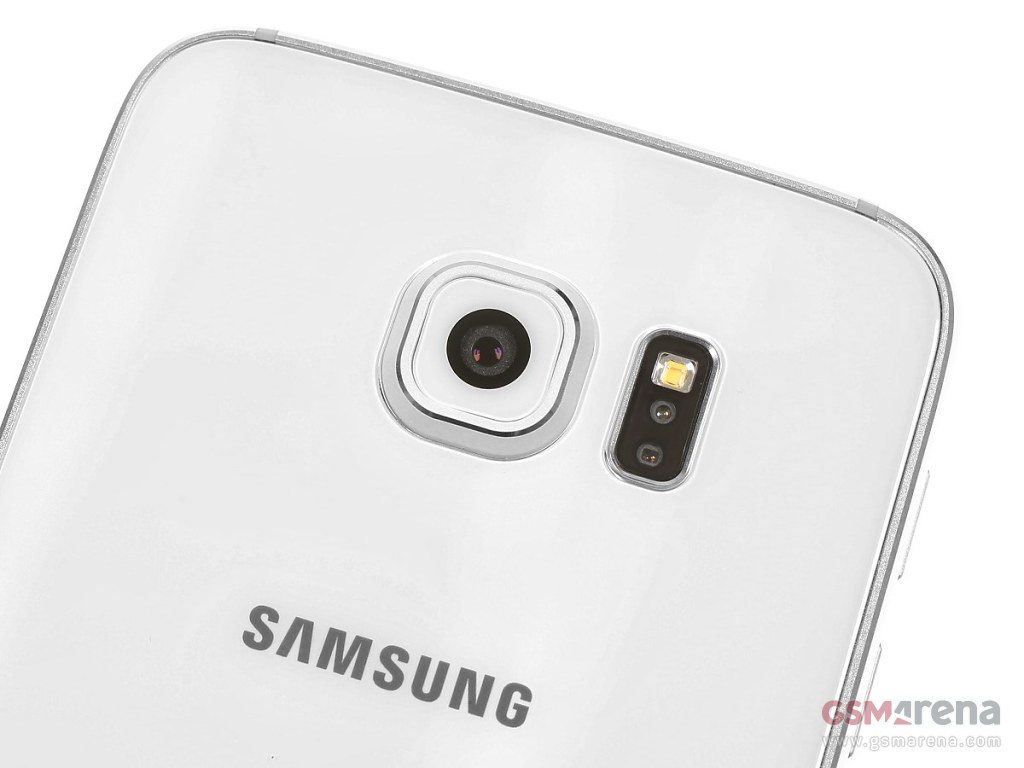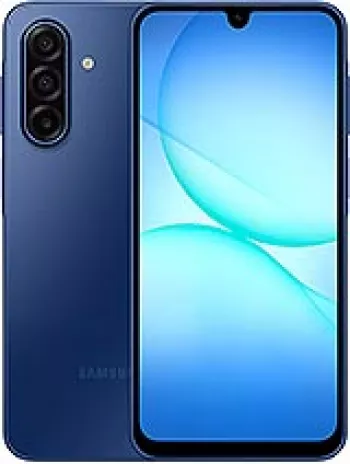
Design and Build Quality
The Samsung Galaxy S6 marked a significant departure from its predecessor in terms of design. Samsung opted for a more premium build quality, moving away from plastic constructions to a combination of a glass front and back integrated with an aluminum frame. The Gorilla Glass 4 on both front and back panels provided not only an aesthetic appeal with its smooth finish and reflective design but also increased durability against scratches and drops.
The device measured 143.4 x 70.5 x 6.8 mm and weighed 138 grams, making it slim and comfortable to hold. This change in design aesthetics was acknowledged positively by both critics and consumers, contributing to a refined premium feel that could rival other flagship devices of its time. The color variations available were White Pearl, Black Sapphire, Gold Platinum, and Blue Topaz, offering users a range of choices to fit personal style preferences.
Display
The Galaxy S6 featured a 5.1-inch Super AMOLED display with a resolution of 1440 x 2560 pixels, translating to an impressive ~577 ppi pixel density. This sharp and vibrant display was one of the standout features of the phone, providing excellent color accuracy, high contrast ratios, and deep blacks. The Super AMOLED technology also contributed to reduced battery consumption during the display of dark content, a significant advantage given the phone's battery capacity.
Protected by Corning Gorilla Glass 4, the screen had a notable resilience against everyday wear and tear. The display offered a robust viewing experience under direct sunlight, thanks to its ability to enhance brightness and contrast levels automatically.
Performance
At its core, the Samsung Galaxy S6 was powered by the Exynos 7420 Octa chipset, which was based on 14 nm technology. This powerhouse comprised an octa-core processor with four cores clocked at 2.1 GHz Cortex-A57 and four cores at 1.5 GHz Cortex-A53, enhanced by the Mali-T760MP8 GPU. This setup ensured that the device delivered smooth and responsive performance, able to handle intensive applications and multitasking effortlessly.
With 3GB of RAM and storage options of 32GB, 64GB, and 128GB, users had ample space and memory to manage apps, media, and files. However, the lack of a microSD card slot for expandable storage was a significant drawback for those accustomed to Samsung's previous expandable storage options.
Operating System and Interface
The Galaxy S6 ran on Android 5.0.2 Lollipop out of the box, with an upgrade route to Android 8.0 Oreo, coupled with Samsung's TouchWiz UI. TouchWiz received a streamlined update, offering a more intuitive and less cluttered user experience compared to earlier versions. This improved usability and fluidity were well received, enhancing the device's overall software experience.
Features like multi-window, Smart Stay, and gesture controls added to the software's appeal, allowing users to leverage the full potential of the Android operating system enhanced by Samsung's customizations.
Camera Quality
The device was equipped with a 16 MP rear camera with an f/1.9 aperture, optical image stabilization (OIS), and LED flash. This powerful camera setup was capable of capturing detailed and vibrant photos in a variety of lighting conditions. The camera offered features such as auto HDR, panorama, and supported 4K video recording at 30fps, enhancing its versatility and capability as a primary camera for both photos and videos.
For selfies, the 5 MP front camera with an f/1.9 aperture allowed for quality self-portrait shots and video capabilities of 1440p at 30fps, providing crisp and clear video call experiences.
Battery Life and Charging
The Galaxy S6 housed a non-removable 2550 mAh Li-Ion battery, which, paired with its efficient processor, provided solid performance lasting through a day of moderate use. For more power-intensive tasks, users would find the need to charge before day's end.
The device supported 15W wired charging, with additional options for wireless charging using both Qi and PMA standards depending on the market. These features ensured that the device could be charged quickly and conveniently, reducing downtime.
Connectivity and Additional Features
The Galaxy S6 offered a comprehensive set of connectivity options. It was equipped with Wi-Fi 802.11 a/b/g/n/ac, dual-band, Wi-Fi Direct, Bluetooth 4.1, NFC for contactless payments, and an infrared port for remote control functionalities. However, the device did not feature a radio, which might be a downside for some users.
In terms of positioning technologies, the device supported GPS, GLONASS, and BDS, ensuring accurate and reliable location tracking. The inclusion of a microUSB 2.0 port with OTG support allowed users to connect USB devices directly to the phone.
The phone included a host of sensors, including a front-mounted fingerprint sensor, accelerometer, gyro, proximity sensor, compass, barometer, heart rate monitor, and a SpO2 sensor, broadening its functionality beyond typical smartphone capabilities.
Audio and Sound Quality
The Galaxy S6 came with a built-in loudspeaker and a 3.5mm headphone jack, providing traditional audio output options. While the loudspeaker performance was considered adequate for everyday use, enthusiasts and audiophiles might have sought external solutions for a richer audio experience. The device delivered good audio quality with a -95.6 dB noise level and -94.5 dB crosstalk.
Market Response and Legacy
Upon its release, the Samsung Galaxy S6 was well-received for its design innovation, performance capabilities, and display quality. However, it faced criticism for the absence of expandable storage, a reduction in battery capacity compared to its predecessor, and the non-removable battery design.
Despite these critiques, the Galaxy S6 played a critical role in redefining Samsung's design philosophy for future devices, influencing the trajectory towards more premium and design-centric products in subsequent iterations.
Key Features of Samsung Galaxy S6
- Network Technology: GSM / HSPA / LTE
- Display: 5.1 inches Super AMOLED with Corning Gorilla Glass 4 protection
- Resolution: 1440 x 2560 pixels (~577 ppi density)
- Build: Glass front and back with aluminum frame
- Platform: Exynos 7420 Octa (14 nm) chipset, upgradable to Android 8.0 (Oreo)
- Camera:
- Main Camera: 16 MP with OIS and 4K video recording
- Selfie Camera: 5 MP with Auto-HDR
- Memory: Internal storage options up to 128GB with 3GB RAM
- Battery: 2550 mAh with fast wired and wireless charging support
- Additional Features:
- Sensors: Fingerprint, heart rate, SpO2
- Communication: Wi-Fi 802.11 a/b/g/n/ac, Bluetooth 4.1, NFC, Infrared port
Samsung Galaxy S6 Disadvantages
- Lack of expandable storage: No microSD card slot available.
- Non-removable battery: The device features a non-removable battery.
- Battery capacity: The 2550 mAh battery may not be sufficient for heavy users.
- No FM Radio: There is no support for FM radio.
- Discontinued status: The device has been discontinued, affecting future support and updates.
- Older microUSB standard: Uses microUSB 2.0 instead of the newer USB-C.































View Also
More Phones
All Rights Reserved +14266 Phones © Mobilawy 2025

























